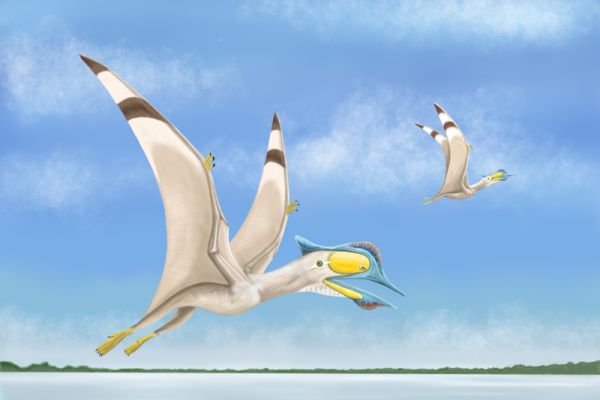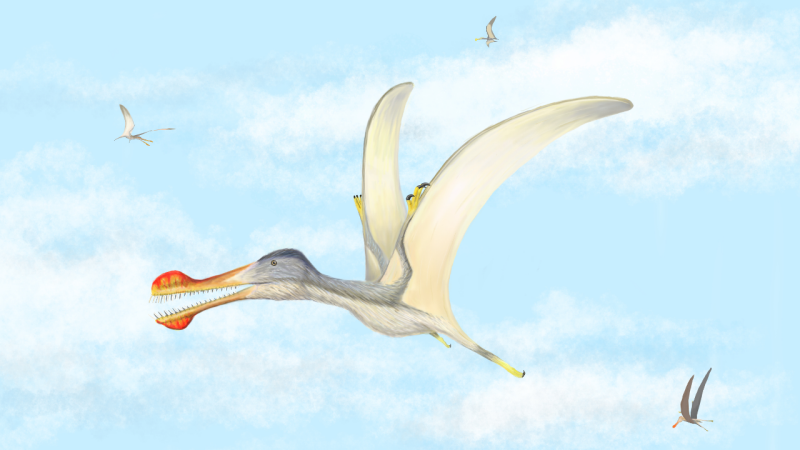In recent weeks, paleontologists have reported four new species of prehistoric flying reptiles dating back to the mid-Cretaceous, or about 100 million years ago all found in Morocco.
These leathery-winged predators, part of an extinct group known as pterosaurs, were excavated from the Kem Kem fossil beds in southeastern Morocco. Three new species of toothed pterosaur, all part of the Ornithocheiridae family, identified from chunks of jaws studded with pointed teeth, were first reported last month in the journal Cretaceous Research. A fourth pterosaur, Afrotapejara zouhrii, which had no teeth, is the first of its kind found on African soil, identified by part of its skull, according to a University of Portsmouth statement.
Researchers hypothesize these soaring hunters had 13-feet-wide wingspans, and snatched fish with their sharp teeth, forming part of an ancient river ecosystem that included crocodiles, turtles and predatory dinosaurs. The fourth species, Afrotapejara zouhrii, would have been similar in size, but toothless with a large crest on the front of its skull.
Carrano says that the discovery of the three new toothed pterosaur species in Africa suggests there was a thriving diversity of ornithocheirids right up until they disappeared around 100 million years ago, which could mean their extinction was sudden. The prevailing theory was that these families of toothed pterosaurs went extinct gradually during the Cretaceous, until only toothless pterosaurs like Pteranodon and the huge Quetzalcoatlus remained.


https://www.smithsonianmag.com/smart-news/four-new-species-pterosaur-unearthed-morocco-180974587/